Affiliate links on Android Authority may earn us a commission. Learn more.
Why are some OEMs still shipping phones with micro USB?
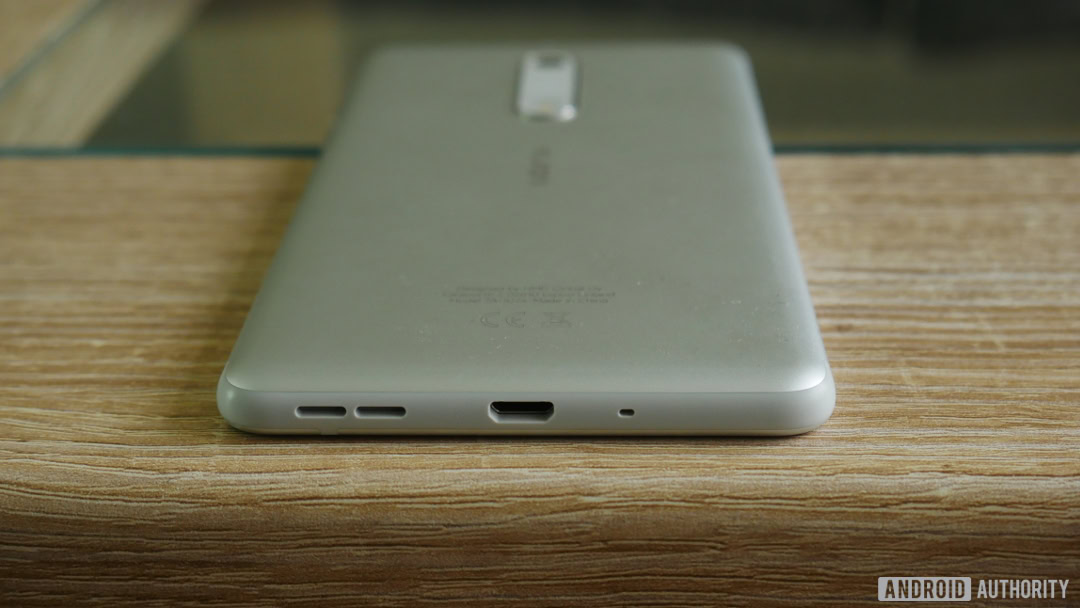
When Apple decided to do away with every port on its new MacBook – including the power port – apart from a single USB Type-C, the internet balked that it had gone too far.
‘USB Type-C is the future!’ Apple protested.
‘Yes,’ said everyone else, ‘but we still need more than one!’.
And thus began dongle life for many a tech nerd.
Despite this aggressive and frankly bad choice, Apple is right in stating that USB Type-C is the future. In fact, it’s very rapidly becoming the present. In the last few months, USB Type-C powered devices have begun to clutter up my home (a Galaxy S8, a GPD Pocket, the Nintendo Switch) and I’m rapidly finding less and less use for my old micro USB cables.
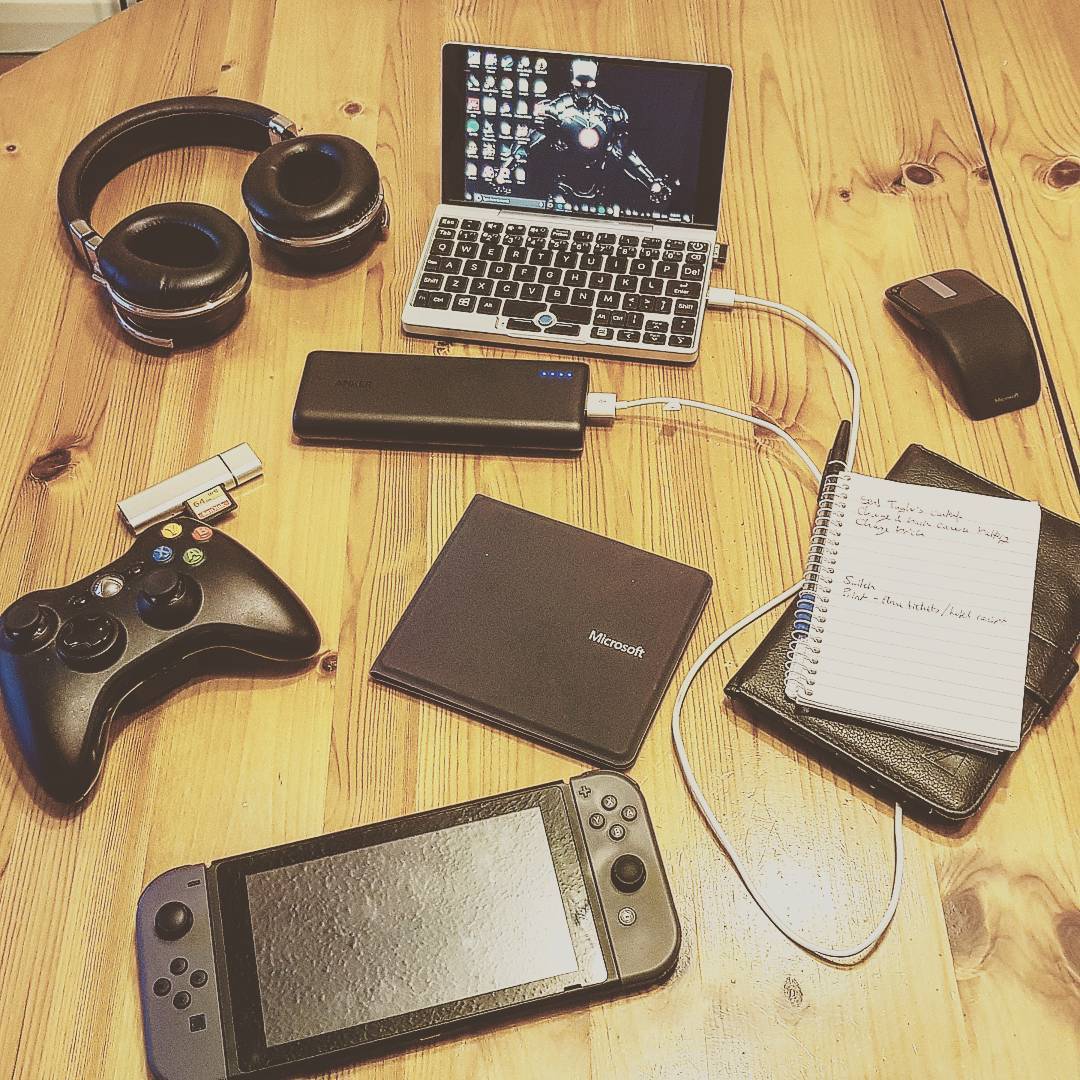
We’re definitely at a turning point and in fact we’re already at the stage where micro USB is starting to feel a little old-hat. And that’s because USB Type-C is demonstrably superior, with faster transfer speeds, quicker charging, greater universal compatibility and a convenient symmetrical design.
So, given all this, why is it that many manufacturers are still opting to forego the transition and force us to use this outmoded method for charging and data transfer? Especially given the fact that a new smartphone should last you a good couple of years? I just reviewed a Nokia 5 which was guilty of this and I had to keep steeling my wife’s S6 charger! (Sorry, that should be “had to” with air quotes. She disagreed.)
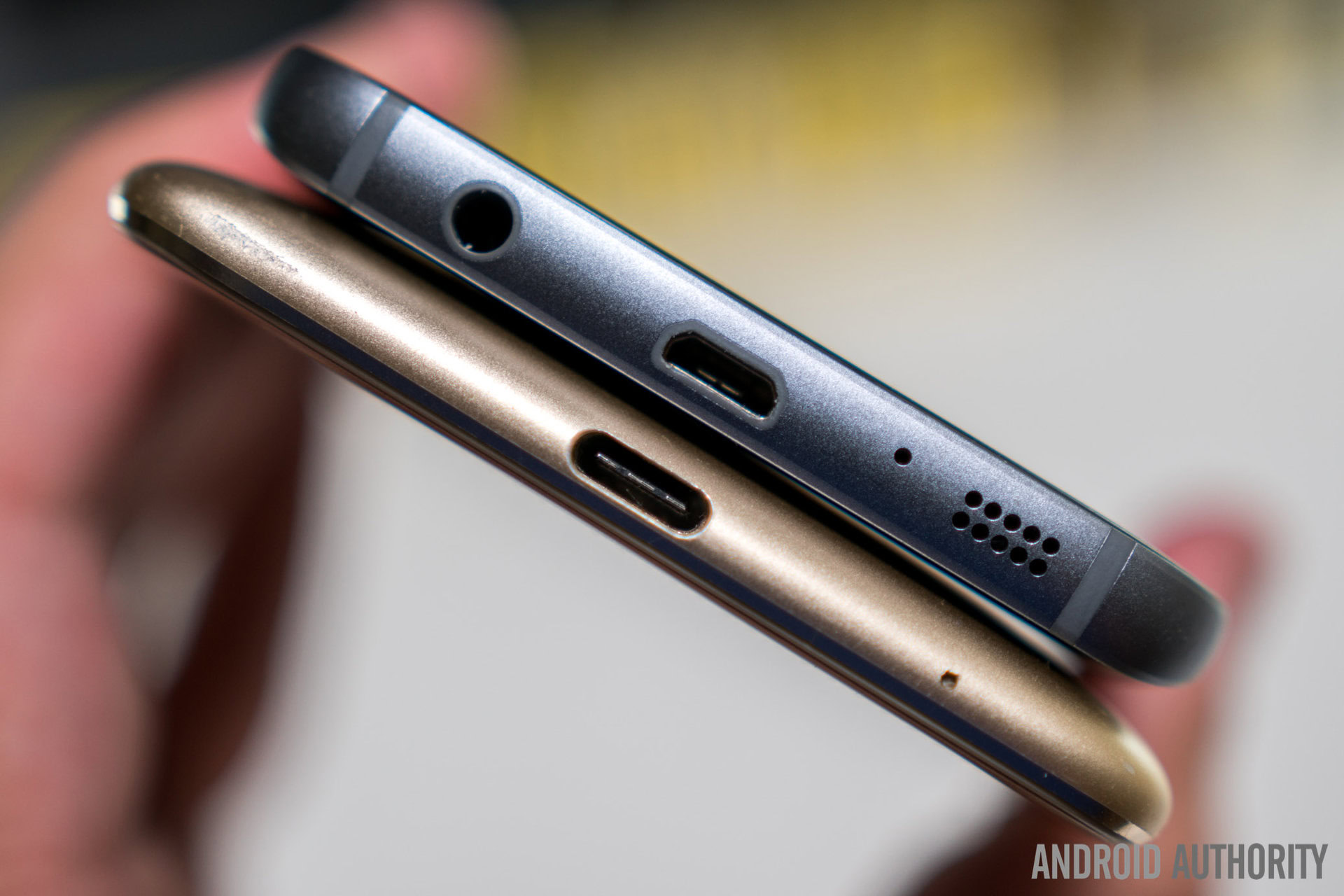
Here are three reasons your new handset might be stuck using an old port.
Reason 1: Familiarity
You and I are noticing the inevitable approach of USB Type-C because we are tech enthusiasts and early adopters. Most people are not. None of my three USB Type-C devices are things that the average user is likely to own.
You and I are noticing the inevitable approach of USB Type-C because we are tech enthusiasts and early adopters. Most people are not.
Most people do not upgrade their handset every year, nor do they necessarily shell out for the latest handset when they do. They spend their money on other, more sensible things. Like clothes? I guess. I don’t know.
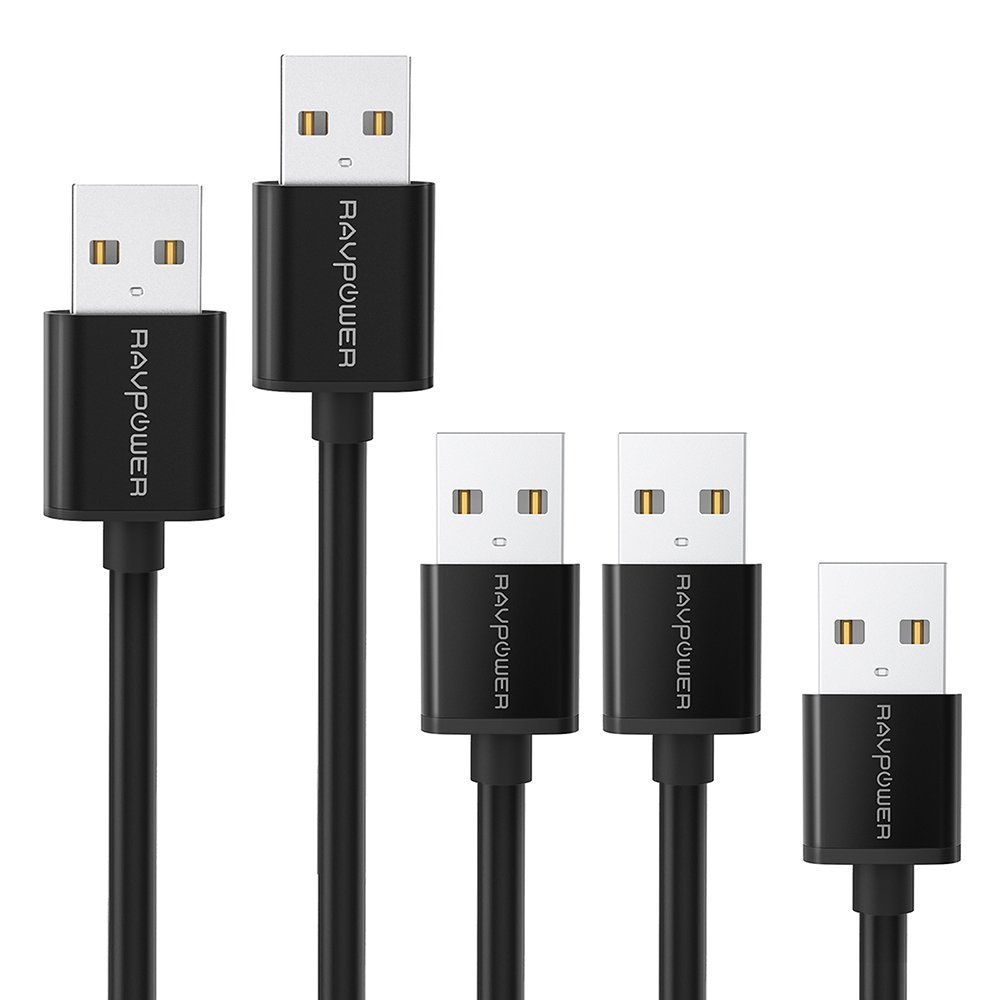
And thus we have a somewhat warped view of just how ubiquitous USB Type-C is right now. In reality, most people just don’t care. In fact, they’d probably prefer to use a plug that they’re familiar with, and that they already have a bunch of chargers for. So, when an OEM makes a mid-range phone aimed at the casual market, the motivation just isn’t there to use anything else.
Reason 2: Compatibility
Another reason that some manufacturers avoid USB Type-C right now is that they don’t think the world is quite ready. And it’s true that most accessories and gadgets you plug into your PC right now are probably going to use USB-normal, necessitating an adaptor of some kind. That’s a bit of a pain.
And it’s enough to ensure that some people would still actually prefer that their device rely on the older tech for now while companies like Apple and Samsung do the heavy lifting of convincing the masses. It’s telling that most OEMs package adapters in with their new phones! Microsoft’s recent Surface 4 reportedly eschewed USB Type-C because they asked their users and they said they didn’t want it. I’m not sure I buy that, but there you go.
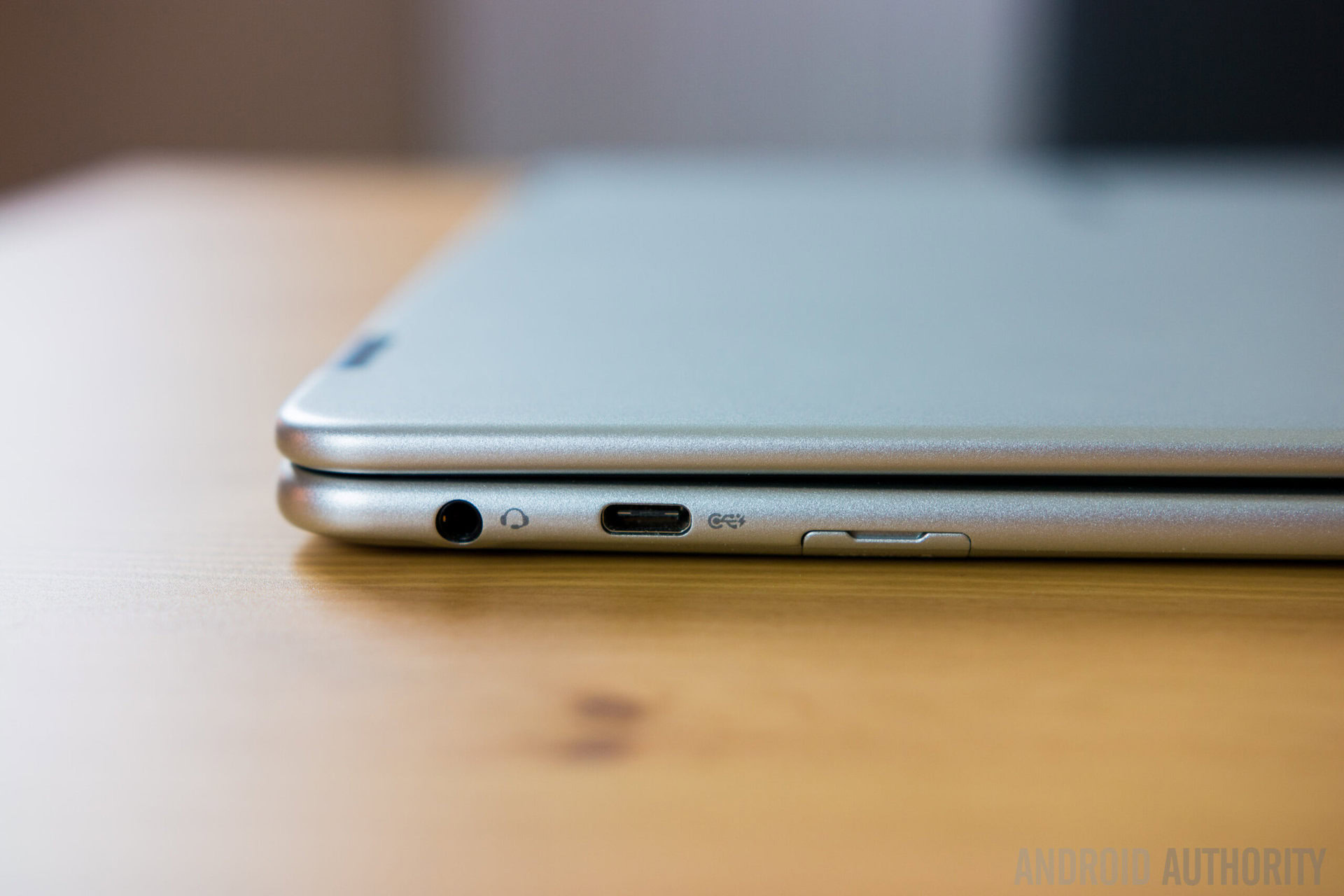
It’s a catch-22 of course, because accessories aren’t likely to make the switch until phones do either. But fortunately it seems we’ve already gone past the point of no return, so it’s just a matter of time now.
Reason 3: Plans beyond your ken
This is basically a ‘capture all’ for anything not on this list. You know sometimes, manufacturers just have their own reasons. Samsung is reported to have said that the reason the S7 didn’t come with USB Type-C is because they had just released the Gear VR headset and they didn’t want to alienate users who had just purchased one. This speaks to me as someone who now has a useless Gear VR sitting decoratively in their study.
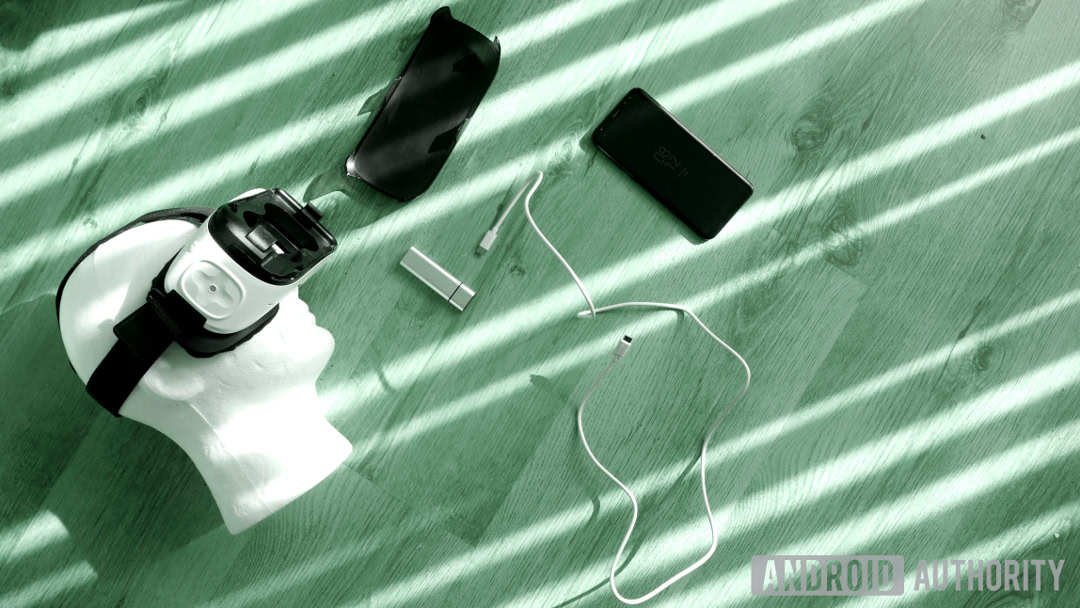
Phone releases do not occur in a vacuum. Specs are not decided on a whim. They’re generally part of larger plans, spanning years. And for some those plans may be too far in motion to simply switch to a different charging method at the last minute. So even when there isn’t something more complex involved like an additional peripheral, the fact remains that some devices were probably planned years ago and it’s now a bit inconvenient to change to USB Type-C just before launch.
Some devices were probably planned years ago and it’s now a bit inconvenient to change to USB Type-C just before launch
Phone manufacturers, it would seem, move in mysterious ways. Fortunately, there are enough devices out there that do feature USB Type-C, even at the budget end, meaning that we have the option to ‘vote with our wallets’.